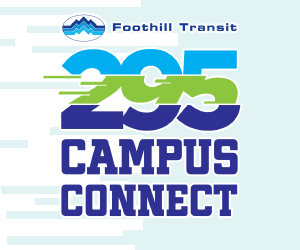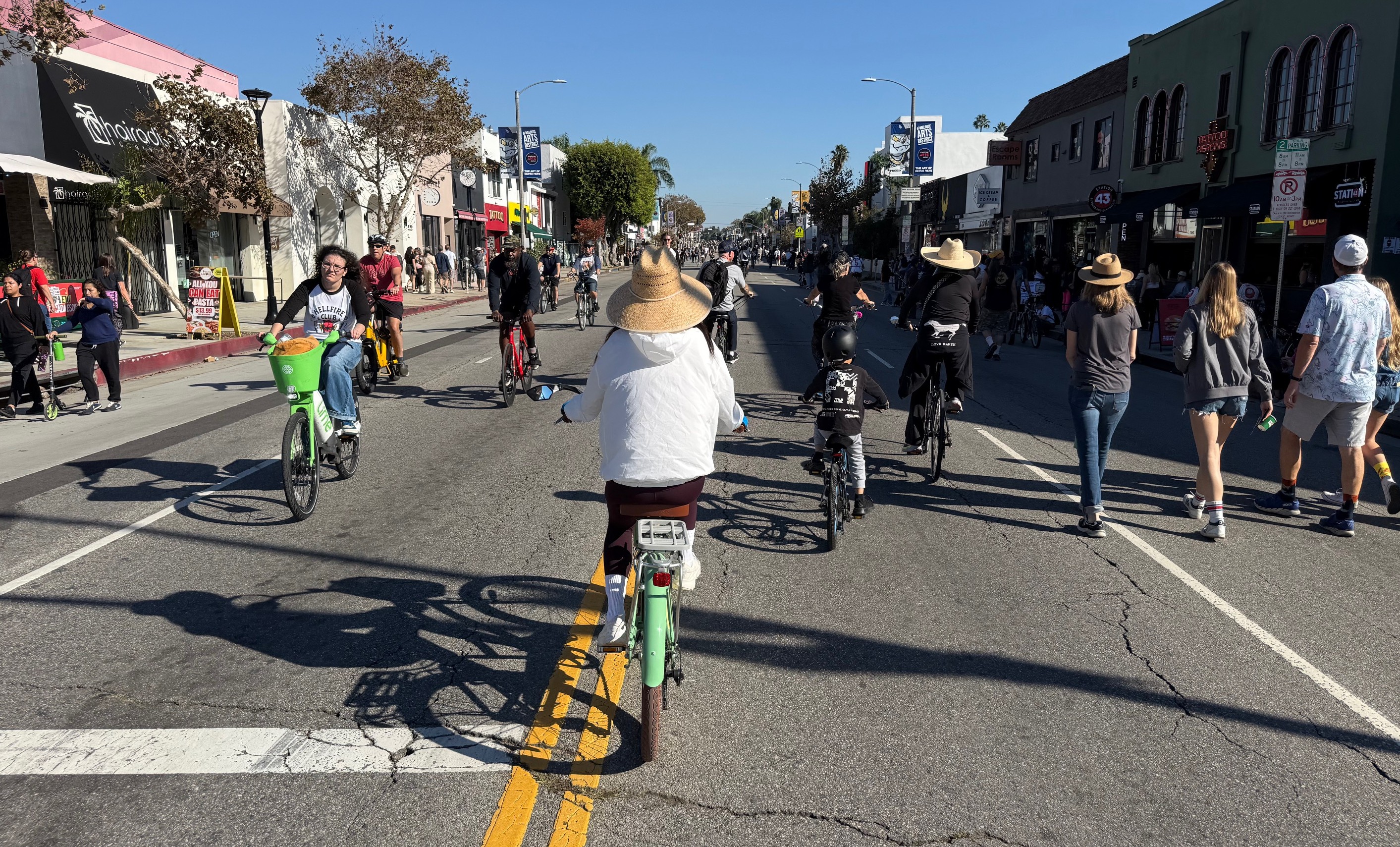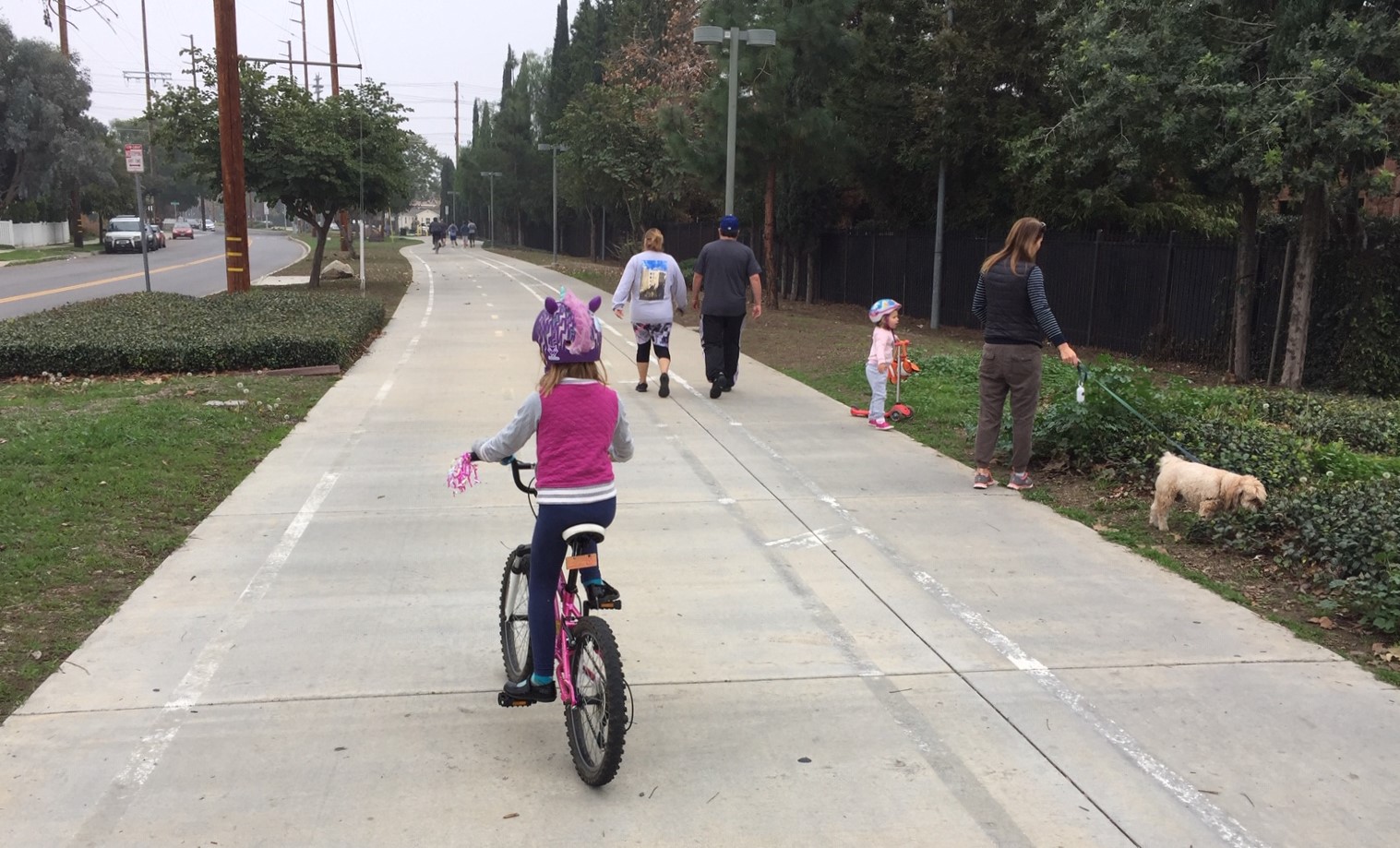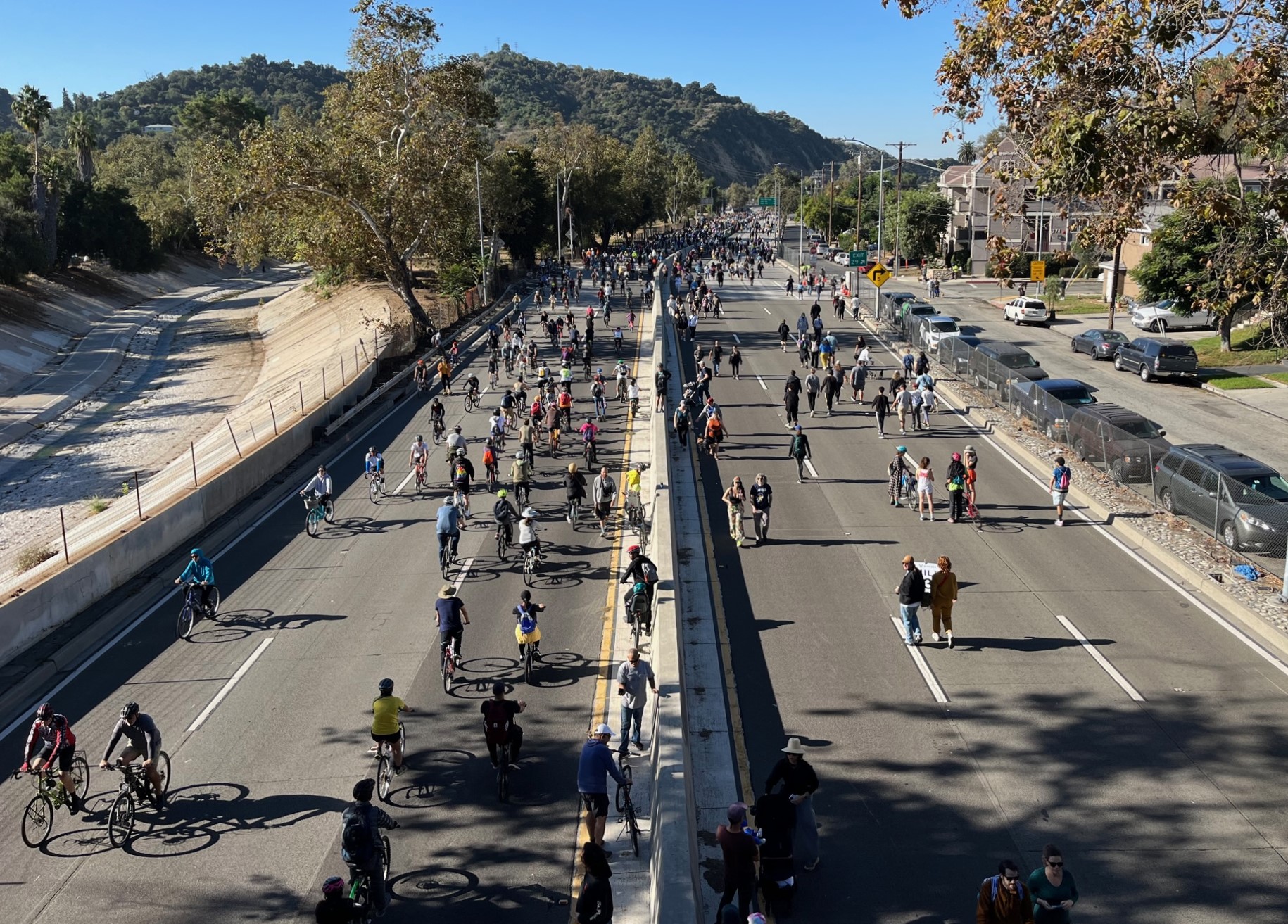 (Graphic: Annie Lowrey)
(Graphic: Annie Lowrey)The latest weekly edition of the Economist/YouGov poll
asks where, if a balanced federal budget were the goal, the American
public would rather see cuts to federal spending. As the chart above
shows, transit was given the theoretical axe by 27 percent of
respondents, tied with agriculture and housing but far behind foreign
aid, which held the lead at 71 percent.
Much of the online reaction to the poll focused on
its illustration of the challenges lawmakers face in trimming the
federal deficit when so much of it comes from programs the voting
public is loath to cut. (The red bars in the chart signify the share of
the budget taken up by the program in question -- Social Security, for
example, comprises nearly one-quarter.)
But the poll also
carries a significant lesson for transportation policymakers. How can
one survey find sizable public support for cutting transit rather than
highways while another reveals across-the-board backing for more transit investment?
One
explanation is the simple appeal of a positive query, seeking
endorsements for more federal spending, as opposed to a negative one
that assumes across-the-board fiscal austerity. But another may be the
frequent emphasis on competition among different transportation
interests, particularly between roads and transit, for a share of
Washington's limited pot of funding.
Transportation Secretary Ray LaHood has done his part to defuse perceptions of a clash, telling a Chicago audience in September
that "we don't want to pit one mode of transportation against another"
and calling on local officials to help "strike a new balance." But
lawmakers have continued to draw a dividing line between policies seen
as favoring urban needs by adding transit to the mix and those that
favor rural needs by spending more on roads.
"It seems to me," Sen. John Thune (R-SD) told a U.S. DOT official last month, that the Obama administration's livable communities office "is a program that's going to overwhelmingly focus on urban areas."
Every
state in the union offers some form of transit service, including
Thune's. But given that rail and buses are linked most often with major
cities, wealthier, older, white voters outside of the northeast are
likely to remain open to transit cuts in public polling.
The
demographics that most strongly opposed transit cuts, according to the
poll: Democrats, African-Americans, northeasterners, those between the
ages of 18 and 29 (just 14% of whom agreed to cut transit), and those
with a family income under $40,000 per year.






